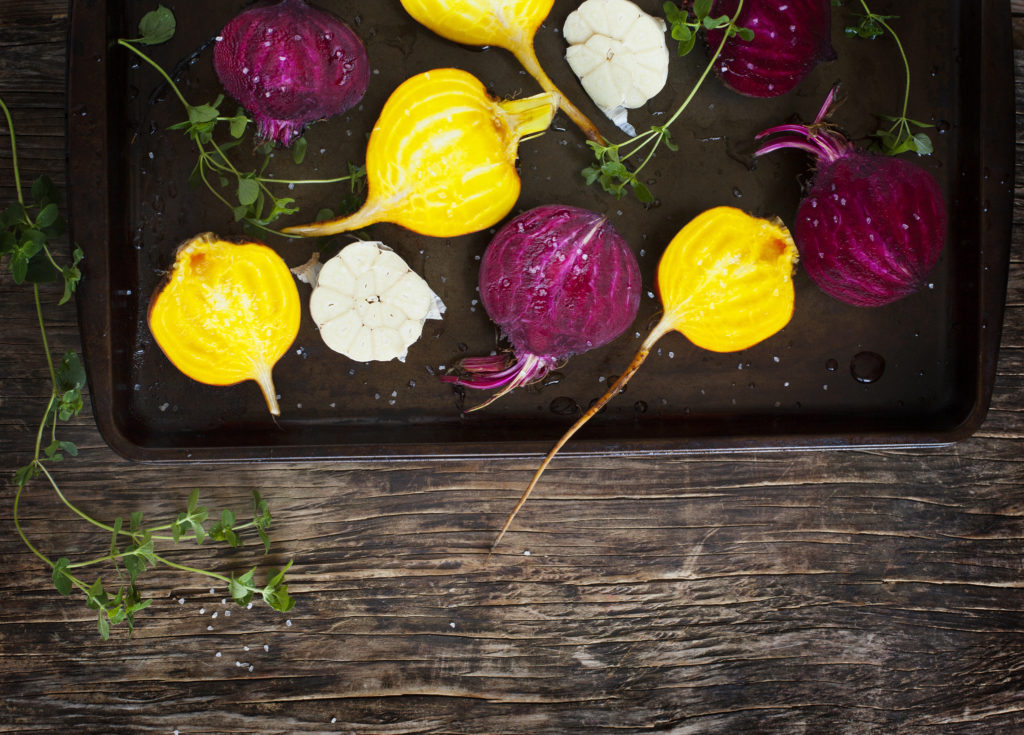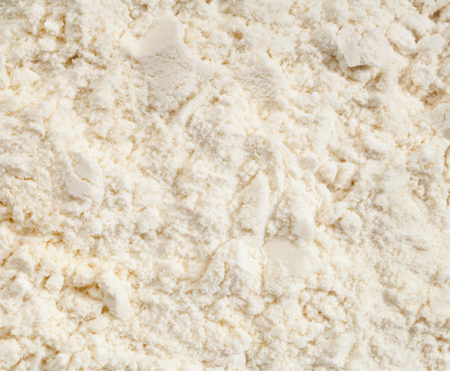What is it?
The beetroot is a field vegetable, part of the Chenopodium family of leafy greens widely grown in the temperate climates of Europe and North America. Often seen as the stoic post-war spud that saw us through harder times, the neglected beet is making a steady revival across the UK as a superfood.
What do you do with it?
Opt for the cooked and pickled variety and no prep is necessary; perfect for salads and summer dishes and anything you can think of turning a shade of vinegary purple. The dearer raw root can be grated like a carrot, or chopped and thrown in with the Sunday spuds for roasting in the oven. If your terrible childhood memories of the stuff make your stomach turn, don’t be afraid of dropping it in the blender with some carrots, apples and celery for a more palatable liquid dish.
Related: Beetroot Pistachio Energy Bar Recipe
Why is it good for my health?
Packed with iron, folic Acid, nitrates and betaine, beetroot is a champion of cardiovascular health. Associated health benefits include reduced blood pressure and increased athletic performance, as well as a current theory that the vegetable can help prevent the onset of dementia. The beetroot’s naturally occurring nitrates metabolise into nitric oxide once in the body, helping to dilate blood vessels and increase the oxygen efficiency of the bloodstream in the process. A study in 2009 found that consuming beetroot prior to physical activity increased stamina by up to 16%, reducing the oxygen cost of low-intensity exercise, and increasing tolerance to high-intensity exercise. With a higher iron content than spinach and packed with Vitamin A, the leafy green tops of the root are not to be sneered at either.







